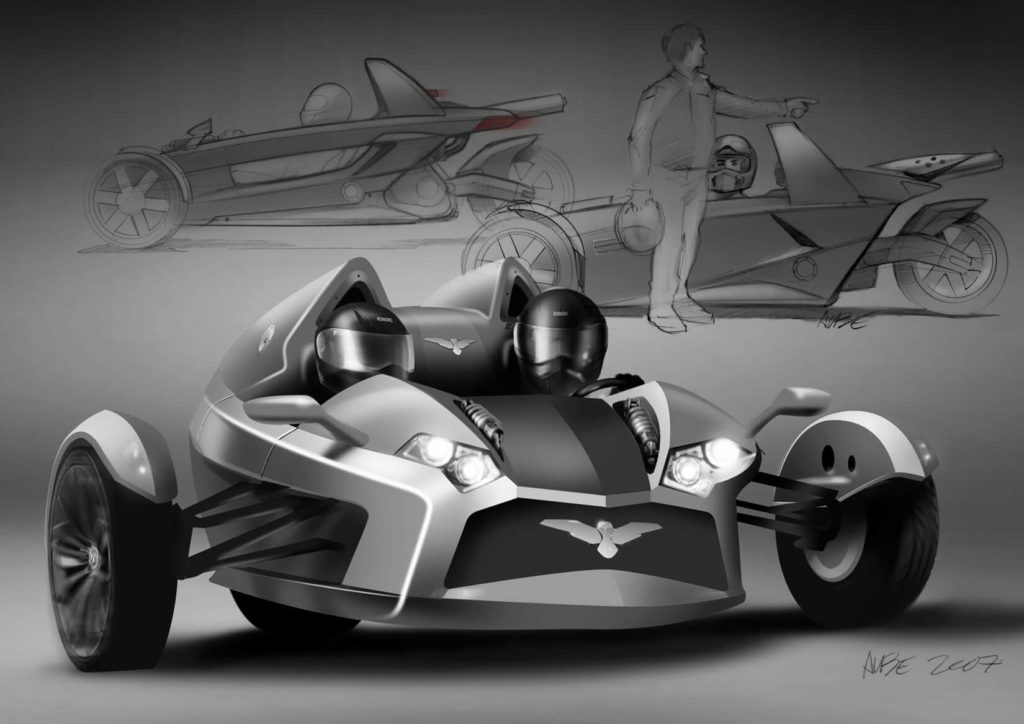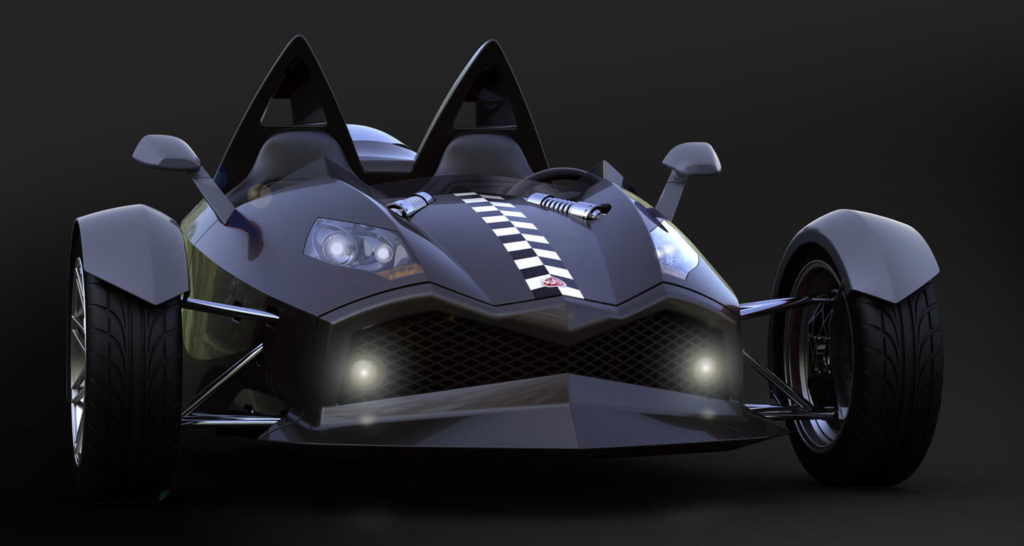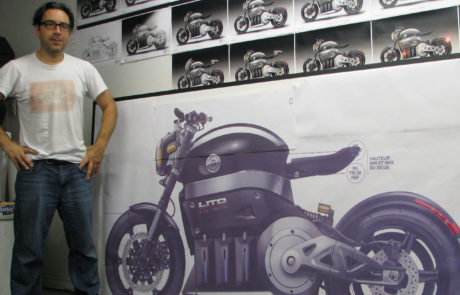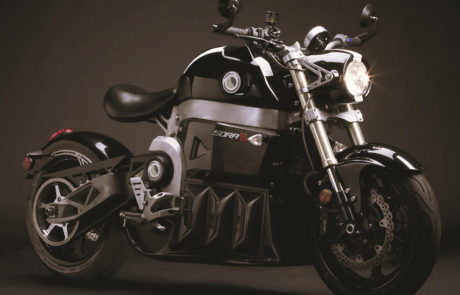The success of a project depends on having an effective process in place
We are passionate about our work and about teaching conceptual illustration and design for the transportation industry (utility, recreational and military vehicles) and related products (helmets and other accessories). We like to apply our knowledge to different types of products. We believe that “Everything that deserves to be made deserves to be made well.”
1. Preliminary research
2. Preliminary layouts, ideation – human factors & ergonomics (HF&E)
3. 2D-3D renderings, vehicle architecture’s layout
4. Digitization (scan) 3D reference/benchmarking
5. CAD preliminary surfaces
6. Small-scale or full-size clay models
7. Clay model 3D scanning
8. Final “Class A” CAD surfaces
9. Graphic design, paint scheme
10. Follow-up
Quality
Fast service, quality, feasibility, experience, imagination, precision, attention to detail, on-time delivery, attention to client needs, access to private specialized documents on industrial design and transportation.
If needed, The Creative Unit, known for its passion for industrial design, can work with an extensive network of loyal partners who are all equally enthusiastic about their craft, who love creating, developing, and completing a project, and who value talent.
What is industrial design ?
Industrial design
is a creative activity that aims to determine the formal properties of industrially produced objects. This includes external features (style), but primarily the structural and functional relationships that give an object a consistent unit, both from the manufacturer’s and the user’s point of view. (ICSID)
Industrial design
is a combination of applied art and applied science, whereby the aesthetics, ergonomics and usability of products may be improved for marketability and production. The role of an industrial designer is to create and execute design solutions towards problems of form, usability, physical ergonomics, marketing, brand development and sales. IDSA – Industrial Designers Society of America
Industrial design
is also a creative activity whose will is to establish the qualities multifaceted objects, processes, services and systems in life cycles complete. The design has to do with products, services and systems conceived with tools, organizations and logic contributed by the industrialization (not only in the case of serialized processes). International Council of Societies of Industrial Design (lCSlD)




